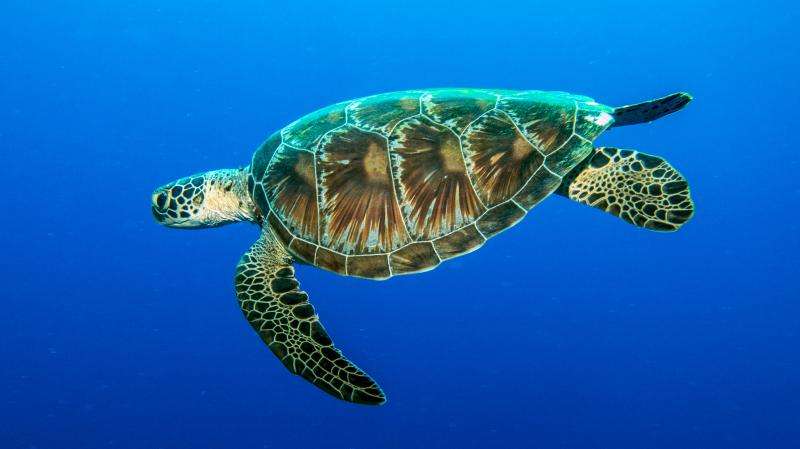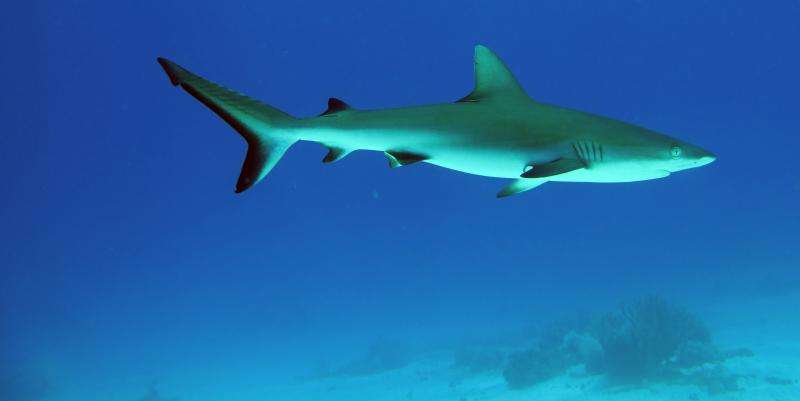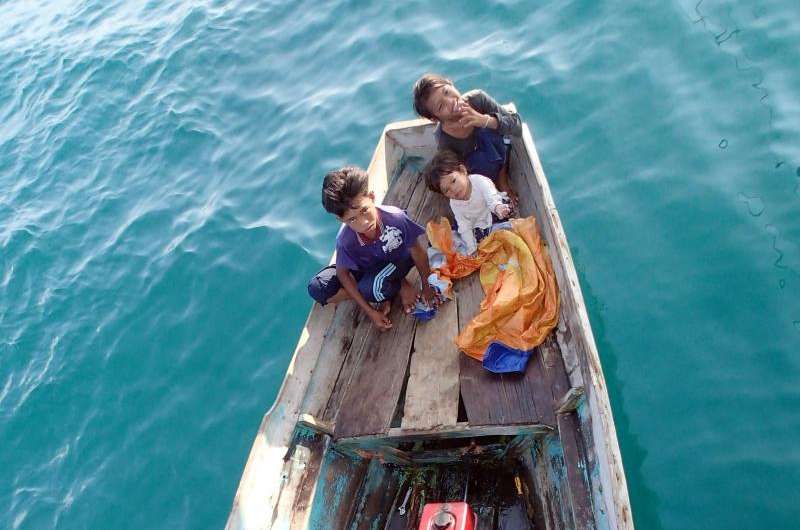New study tackles conflicting goals in the Coral Triangle

An international team of scientists is using one of the world's natural wonders, the Coral Triangle of Southeast Asia, to pioneer a new approach that conserves wildlife, protects people's livelihoods and helps both adapt to climate change.
Published in the scientific journal Nature Communications today, the researchers reveal a framework that gives countries around the Coral Triangle the choice to protect multi-objective hotspots that benefit many different management goals and species, complementary areas that benefit particular goals and species, or a combination of both.
This provides the countries the flexibility to help secure the precious resources of the Coral Triangle within their means, says lead author Dr Maria Beger of the ARC Centre of Excellence for Environmental Decisions (CEED) and The University of Queensland (UQ).
Dr Beger explains that each country has its own agenda, and some have fewer resources to spare than others: "It's especially hard in a region as socially and ecologically diverse as the Coral Triangle, so it's an enormous challenge to achieve so many contrasting goals simultaneously.
"That's why this study is so important: it allows nations to coordinate their actions and achieve many goals, including social, environmental and economic, at the same time."
Spread over six million square kilometres of ocean around southeast Asia and the western Pacific, the Coral Triangle is one the planet's most important coral reef regions: it harbours over 500 species of hard coral, 3000 species of fish and the world's largest mangrove area. These resources supply food and support the livelihoods of an estimated 500 million people and are of immense importance to the social and economic stability of the Asia-Pacific region.

The task of protecting this vast and vital region is carried out through the Coral Triangle Initiative on Coral Reefs, Fisheries and Food Security (CTI-CFF), Dr Beger explains. This is a collaborative effort among the nations of Indonesia, the Philippines, Malaysia, Timor Leste, Papua New Guinea and the Solomon Islands.
"We were asked by the six member countries how best to co-ordinate and prioritise their actions to achieve goals which are sometimes contrasting and conflicting," says Dr Beger.
The CTI-CFF has set regional conservation objectives including protecting marine habitats; protecting fish and threatened sea turtle populations and breeding grounds; conserving coral reefs most likely to survive climate impacts; and encouraging the larval dispersal of commercially important fish species.
The researchers pinpointed areas that met all or most of these conservation objectives, as well as places that met one objective very well.
"It's logical to invest in places where multiple goals can be achieved," says co-author Professor Hugh Possingham, Director of CEED. "However, we also need to prioritise locations that are most important for a single goal, like saving a particular species or ecosystem. It is this delicate balancing act that our research addresses."
"Working together to protect the multi-objective hotspots or complementary areas will also help protect fishermen and village livelihoods," Dr Beger says.

Using fish larvae as an example, she explains that they can drift to areas as far as 500 kilometres away from where they were spawned.
"It's quite a distance, and it means that fishers in one country – Indonesia, for instance – will benefit from good fish spawning stocks in another country, such as the Philippines, and vice versa," she says. "This is why strategic collaboration amongst countries is crucial.
"For the first time, we also had access to the migration routes of turtles in the Coral Triangle, thanks to the data provided by various groups in the region," she says. "We created a map of how each area connects with each other, and are using it to determine the number of turtles that travel between the different reefs – all 17,000 of them."
Dr Beger says the framework can be adapted to guide conservation investments worldwide where countries are committed to multi-national goals, but implement conservation actions independently.
The Executive Director of Regional Secretariat, CTI-CFF, Dr Widi Pratikto says the study is "an effort from the experts to find recommendations for coral reef conservation management and its implications in our region. Such recommendations will greatly benefit us by improving our Regional Plan of Actions (RPOA). In particular, this includes strategic expansion of the region's network of marine protected areas."
More information: "Integrating regional conservation priorities for multiple objectives into national policy." Nature Communications 6, Article number: 8208 DOI: 10.1038/ncomms9208
Journal information: Nature Communications
Provided by CEED




















